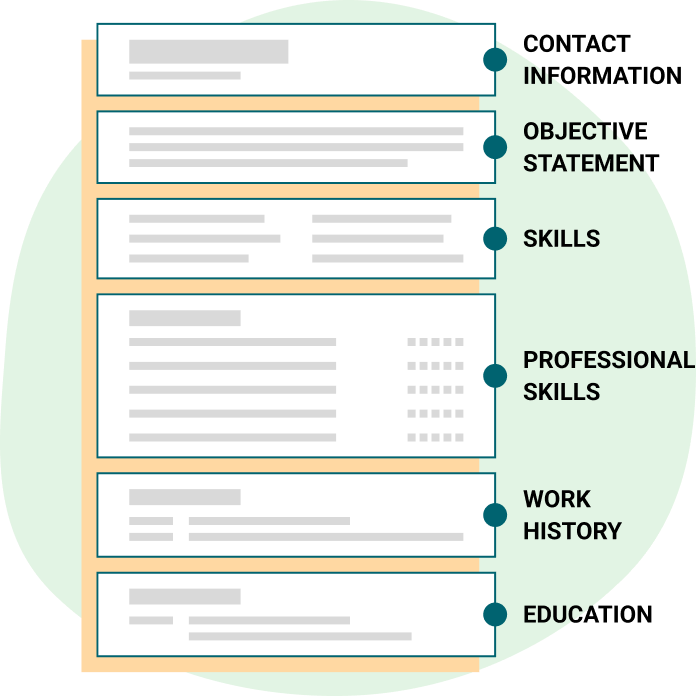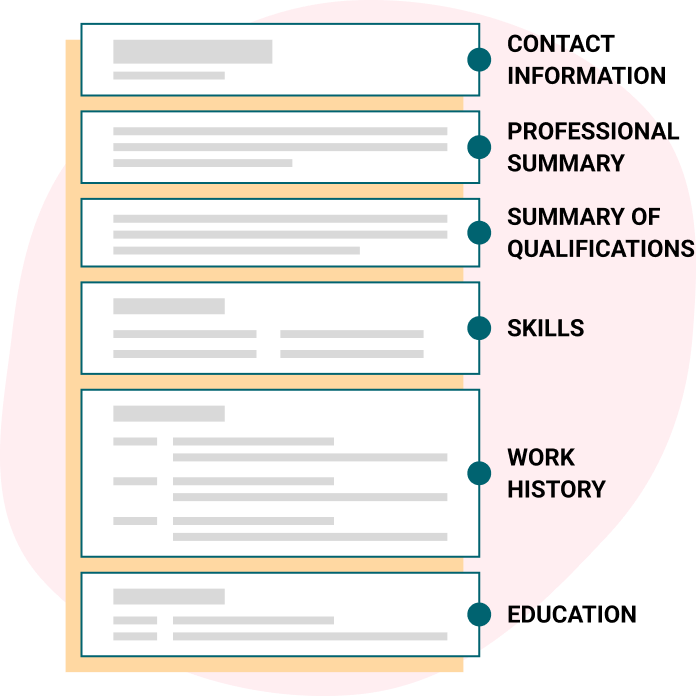Returning from the military to civilian life and finding a government or private sector job might seem like an overwhelming task. But if you’ve spent some time in uniform as an officer or enlisted person, and you’ve been through basic training, cruises, and deployments, then you should be confident in your abilities and accomplishments – just get ready to tackle the resume creation process one step at a time.
The first step will involve creating a resume that grabs employer’s attention and increases your chances of landing an interview. As you launch into the resume writing process, you’ll have two choices: You can build your own document section by section from the ground up, or you can rely on resume creation and editing tools (like Livecareer) that can help you choose a template and populate each subsection with the right information.
If you go it alone, you’ll still have access to plenty of tips and resources, including the collection of military resume samples shared here. These military resume samples can demonstrate the kind of presentation and formatting your employers will be looking for. And just as important, military resume samples like these can give you a feel for the kind of language and phrasing that can get your message across in the civilian workforce.
In addition to these military resumes samples, examine the sections below for writing and editing tips, mistakes to avoid, and descriptions of the information you’ll need to include in your document.








